Conserved woodland protects the environment — and economy
5 min read / May 18, 2021
Our website uses cookies to improve your experience. To learn more about how we use cookies, please review our privacy policy.
Can't find what you're looking for? Please contact us.
Northern New England is one of the most densely wooded regions of the United States. Vermont is right up there with over 75 percent of its land covered in forest. This vast forest is recovering from extensive land clearing in the 1800s, but remains at risk of being fragmented into smaller parcels and being cleared for other uses.
Thankfully, many landowners are working with VLT to keep our forests intact and healthy. These efforts are especially important in priority areas identified by a statewide plan for maintaining forest health, called Vermont Conservation Design.*
“Within the large swaths identified by the plan, we look for the most productive forestlands,” explains VLT’s Donald Campbell. Vermont’s woods support a $1.5 billion forest products industry with 10,000 jobs in forestry, logging, and more. “Protecting those areas keeps our rural economy healthy, too.”
One such place is the rich Taconic Mountain Range, known for excellent timber and abundant wildlife. Retired forester David Mance and his wife Cheryl own 1,400 acres here—an incredibly diverse ecosystem of wetlands, streams, and forests that he actively manages for multiple goals. They conserved their land with VLT.
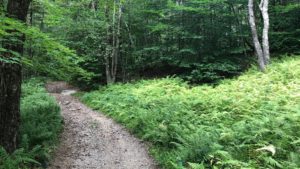
A trail through the woodland – David Mance worked with VLT to conserve nearly 1,200 acres on West Mountain
“My wife and I wanted to preserve it, maintain it as working forest,” says David. He notes the many benefits the land provides, from the value of spending time in the woods to timber, firewood, wildlife habitat, and carbon storage. “It’s an amazing thing.”
Sugaring is a family tradition that covers the cost of annual property taxes, and then some. Locals traverse a trail that will hopefully join the Taconic Crest Trail some day. The sugarbush on the land supports habitat for songbirds and other animals through Audubon Vermont’s Bird-Friendly Maple Sugarmakers program.
And their thriving forests improve air and water quality, allow soil to absorb more water during droughts and floods, and pull carbon from the atmosphere—increasingly important as the climate changes.
“Owning land is stewardship and responsibility, and an awesome opportunity,” says David.

The extended Mance family at a cider weekend, an annual event. Courtesy Cheryl and David Mance
*Vermont Conservation Design was developed by Vermont’s Agency of Natural Resources and VLT to identify large areas of forests, wildlife corridors, wetlands, and streamcourses that, when carefully managed or protected, will give us the healthiest landscape as the climate changes.
Reach out to your local VLT representative.
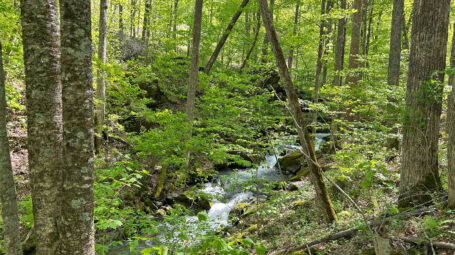
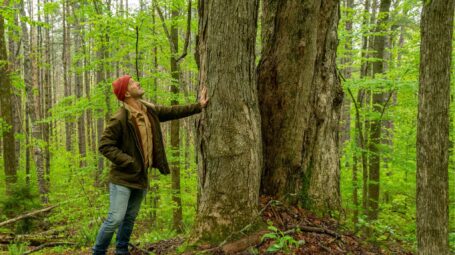
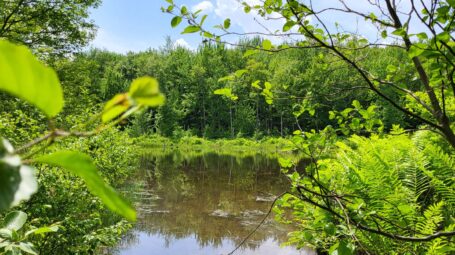
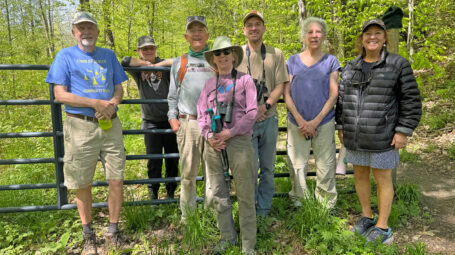
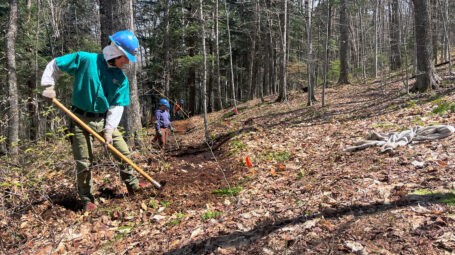
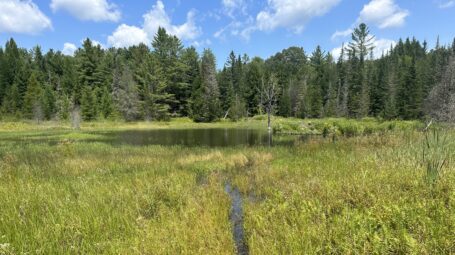
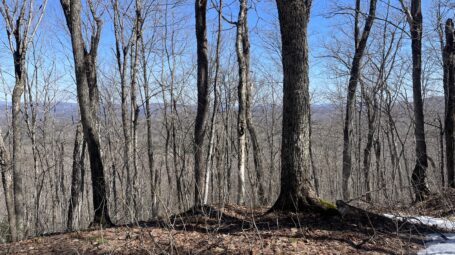

We generally send two emails per month. You can unsubscribe at any time.